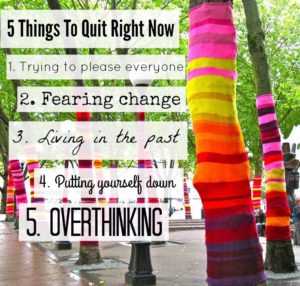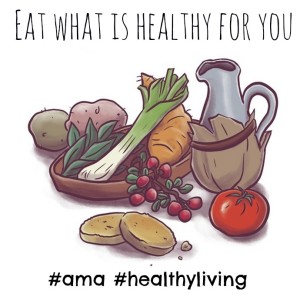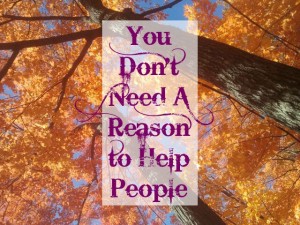Tag Archives: positive
Reply
Effective Cross-Cultural Communication and Health Literacy
Communicating effectively across cultures is important for public health professionals. People’s ideas about health and illness can vary by cultural group and sub-group, and can affect which health literacy skills are considered culturally necessary. When communicating with diverse cultural groups, public health professionals should be aware of and adjust for linguistic differences, beliefs, values, customs, and behaviors that can affect if the audience receives your intended message.
Here are some tips to make sure you and your materials are well understood:
- Try not to treat culture as a negative or barrier that must be overcome. Your cultural background may not be the same as your audience’s, but you can learn about and adjust for language, beliefs, and customs as you would for other factors, such as age or gender, that might affect how the audience interprets the messages.
- If your messages aren’t in the audience’s preferred language, consider if interpretation of oral information, translation of written materials, or a complete redesign to address cultural differences is necessary.
- Adapt messages and materials for the literacy and numeracy skills people have in their preferred language.
- Refer to the National Culturally and Linguistically Appropriate Services (CLAS) Standards as you plan your communication strategy.
To read more about the role of culture in health literacy, please visit http://www.cdc.gov/healthliteracy/culture.html
Living is a State of Mind
Your perspective on life is a very important part of how you may think about the world, society, people, and more. It is up to you to decide whether you want to go through life negatively or positively. Although you can’t control everything that happens to you, you can control how you feel about them. It is all about perspective and what you are going to do that can make your life better.
- Take the time to appreciate all the things you already have and don’t worry about what you don’t have. Whether it is your bed, your pets, your books, your family, or anything. It is the little things in life that can make you happy.
- Don’t compare yourself to others. You are always going to be you and you can’t change that. Trying to be like others or comparing your social status (in real life, on social media, academics, sports, etc.) won’t make you feel better. Everyone goes through their own journey and challenges to find themselves. So be who you are as an individual and focus on yourself.
- Change is inevitable and unavoidable. Some things may stay the same, but remember that many things will change. You’ll experience changes within yourself and the people surrounding you. It’s about embracing the changes and not avoiding it.
- Surround yourself with positive people. Being with negative people are going to make you feel negative. They will do you more harm than good. It is best to leave those people behind and move on. Sometimes, you need to evaluate who are the right people for you. They are the people that can help better improve yourself and are going to support you along your way.
- Having more responsibility means you are growing as a person. Don’t think of it as a hassle or a burden. Everyone will eventually grow up, but not everyone will be able to mature. Also, if you feel stressed out about it, then break things down step by step. See what you need to do and what you want to do.













